
With the ability to create realistic and fast images, Google Veo 3 has created a stir with a series of videos posted on Vietnamese social networks. After its launch, Veo 3 quickly became a hot topic on Facebook, Youtube or Tiktok platforms. Users call this the "new wave of AI" and "a big change in content creation".

Before Veo 3, models like KlingAI and Veo 2 made small waves. While video-generating AI isn't a new idea, Veo 3 differentiates itself from competitors like OpenAI Sora and Adobe Firely by being able to generate audio and video at the same time.

This means you can describe a scene and Veo 3 will generate a corresponding video, including dialogue and background music. The results are also impressive, with many viewers not knowing whether the video they are watching is real or fake. Thanks to these differences, Veo 3 is considered to have "overthrown" its competitors.
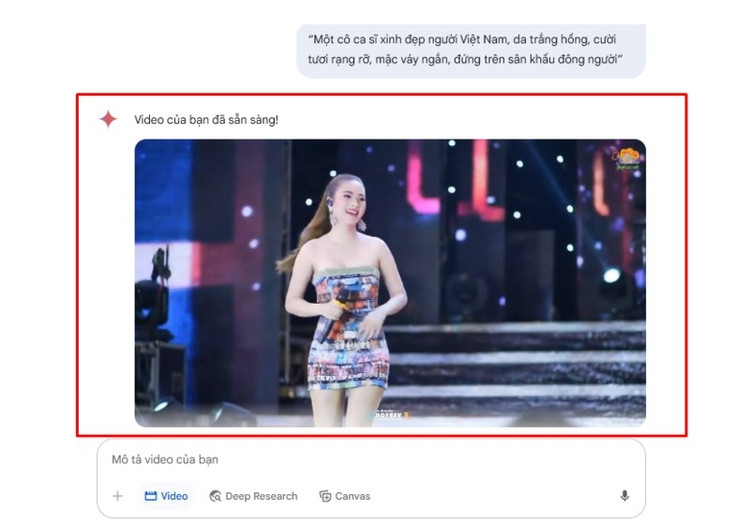
On May 31, it reported global excitement for Veo 3, and then announced the expansion of access to 71 countries, including the UK, via the Gemini app on Android and iOS. According to the @Google AI account on X, they have struggled to keep things running smoothly due to much higher demand than expected.
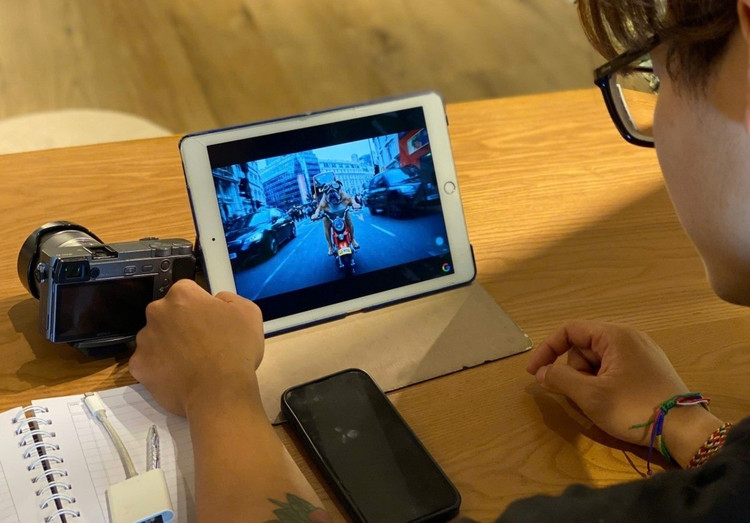
Meanwhile, YouTube account Tan Huy Ngo described Veo 3 as “AI that creates videos from text that is shaking the digital world ”, emphasizing the ability to create surreal videos in 5 minutes. Users in many countries that have not been updated to use Veo 3 AI expressed regret due to geographical limitations and high costs.
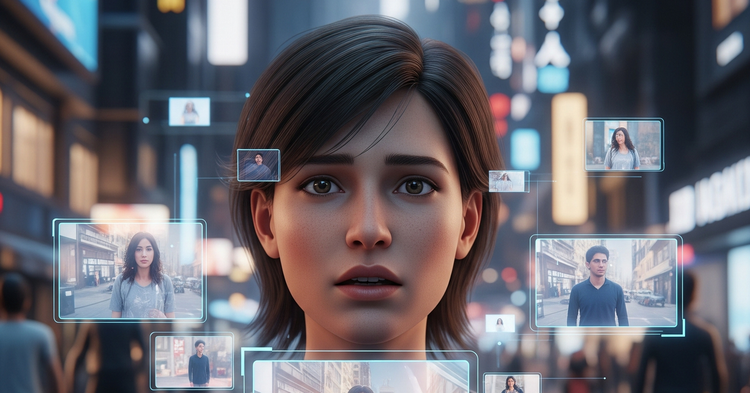
"Veo 3 is helping me create videos that I couldn't even dream of before," said Hoang Bao, a content creator in Ho Chi Minh City who follows the "hidden face" trend - meaning all images, sounds... are created with AI, and he himself does not appear in the video.
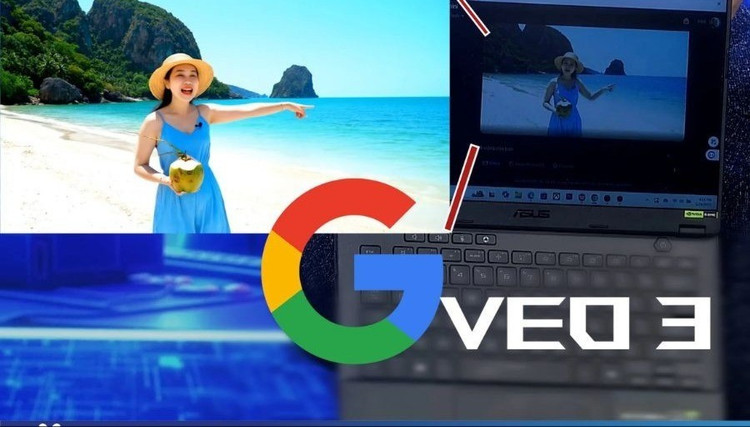
Mr. Bao said that after Google announced Veo 3 at Google I/O 2025 at the end of May, he quickly used this tool to make many short videos using commands, combining them into a complete movie according to the script.

Despite the enthusiastic reception from most users, there is still controversy surrounding this AI application. Veo 3 creates videos that are too realistic, causing many to worry about the difficulty of distinguishing between real and fake. Google has integrated SynthID technology to flag AI videos, but this may not be enough to prevent abuse, especially when the videos are edited or compressed.
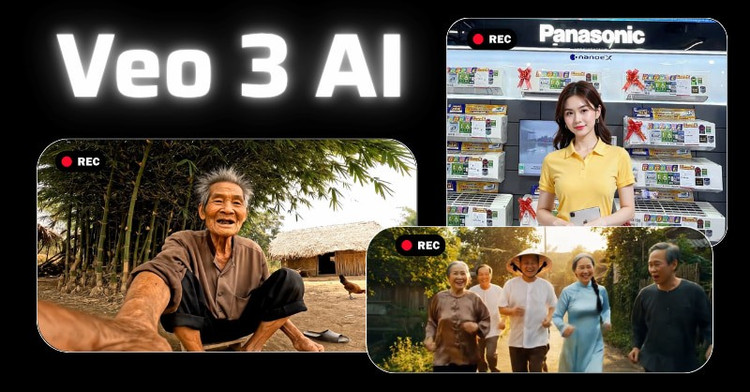
Users can use Veo 3 as a standalone app or through the AI movie-making app Flow. The tool uses AI text-to-image technology from Imagen and Gemini to create 8-second clips with prompts, photos, or videos as input. Flow also comes with a scene-building toolkit, allowing users to combine clips, fine-tune them into content, and seamlessly.

Some artists and filmmakers are concerned that Veo 3 will replace human jobs, devaluing traditional art. Many posts even say that "Veo 3 is the end of the acting profession". The account @KiemCoin on the social network X warns that "AI can direct movies for you, but it can also replace you".

Hoang Son, administrator of an AI group with more than 100,000 members on Facebook, said Veo 3 is attractive thanks to its ability to create natural videos and support many languages, including Vietnamese. "In fact, Veo 3 does not support the Vietnamese market yet, it is mainly for subscribers in the US.

Therefore, users will have to 'dodge' by using VPN, which not everyone knows, as well as slow speed. Creating prompts in Vietnamese is often more error-prone than in English, requiring the creator to be good at English," Mr. Son explained. "In addition, this tool is not free but has a quite high price."
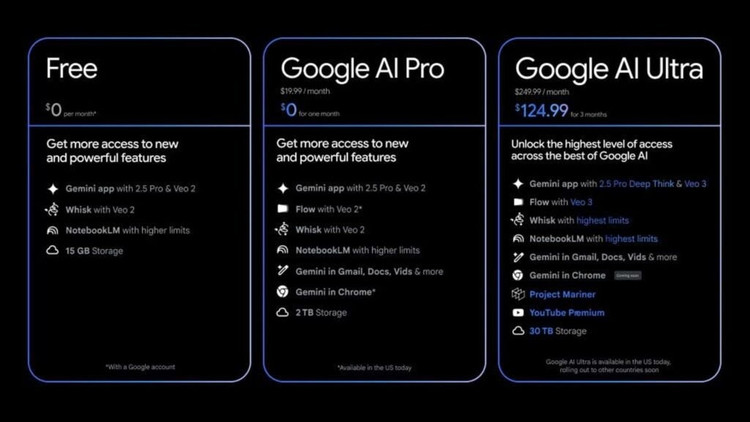
On Google's website, those who want to use Veo 3 need to sign up for the Google AI Ultra package for $249.99 (6.5 million VND) per month, a 50% discount for the first 3 months to $124.99 (3.25 million VND). Users will be provided with 12,500 tokens, the cost of creating an 8-second video is about 100 tokens.
Source: https://khoahocdoisong.vn/tao-video-ai-doc-dao-voi-google-veo-3-post1545139.html



![[Photo] Closing of the 14th Conference of the 13th Party Central Committee](https://vphoto.vietnam.vn/thumb/1200x675/vietnam/resource/IMAGE/2025/11/06/1762404919012_a1-bnd-5975-5183-jpg.webp)



![[Photo] Prime Minister Pham Minh Chinh receives the delegation of the Semiconductor Manufacturing International (SEMI)](https://vphoto.vietnam.vn/thumb/1200x675/vietnam/resource/IMAGE/2025/11/06/1762434628831_dsc-0219-jpg.webp)




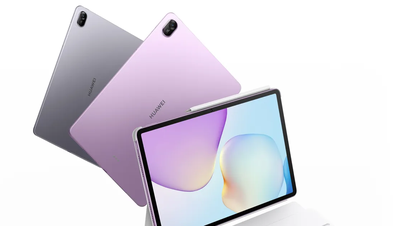

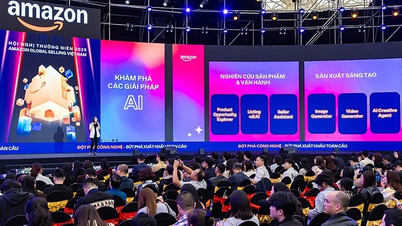







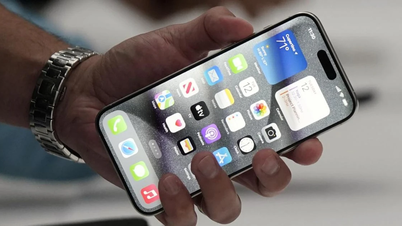
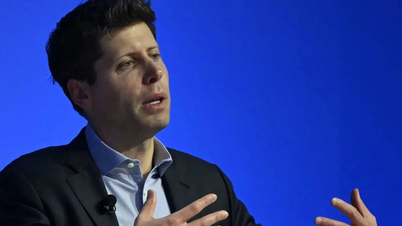








































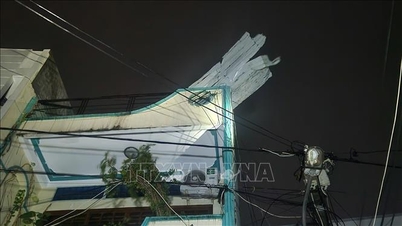



















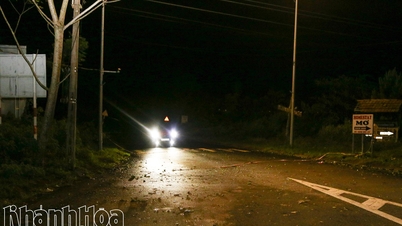

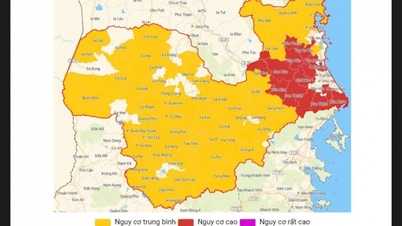












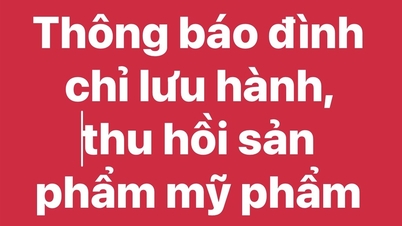






Comment (0)